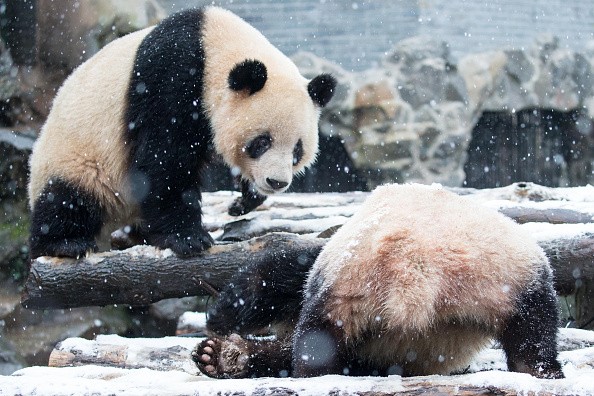Researchers from the Chinese Academy of Sciences (CAS) found that adaptive convergence differences in giant and red panda genomes. Both species, distinguishable for eating only bamboo even though they are classified as carnivores, are in no way closely related despite their names.
Phys.org noted that the new study reveals no connection between the ways both giant and red pandas have evolved to develop their liking for bamboo and form a false thumb to aid them in their eating habits. In that case, both species independently developed similar evolutionary traits.
Per the Global Times, zoologist Fuwen Wei and associates from the CAS' Institute of Zoology performed genome sequencing on both a giant and red panda. Such confirmed that giant pandas are related to polar bears, while red pandas are related to ferrets, with both species having separated 47.5 million years back.
Findings further emphasized the presence of adaptive convergence on around 70 genes, two of which--DYNC2H1 and PCNT--are responsible for the development of both species' false thumbs. Further signs were highlighted by proteins and enzymes involved in digestion and nutrition.
Furthermore, the genomes from both giant and red pandas exhibit similarities in 10 "false" genes. The scientists also discovered that both species have acquired the TAS1R1 gene via pseudogenization, allowing both to change from being carnivores to herbivores, per their bamboo diet.
"These findings demonstrate that genetic convergence occurred at multiple levels spanning metabolic pathways, amino acid convergence, and pseudogenization, providing a fascinating example for genome-scale convergent evolution analysis of dietary shift and specialization," the researchers said.
Overall, the findings show that species unrelated to one another can evolve to change their diets via adaptive convergence, providing groundbreaking insights on how such a phenomenon takes place. The full study is published in the journal Proceedings of the National Academy of Sciences.



























